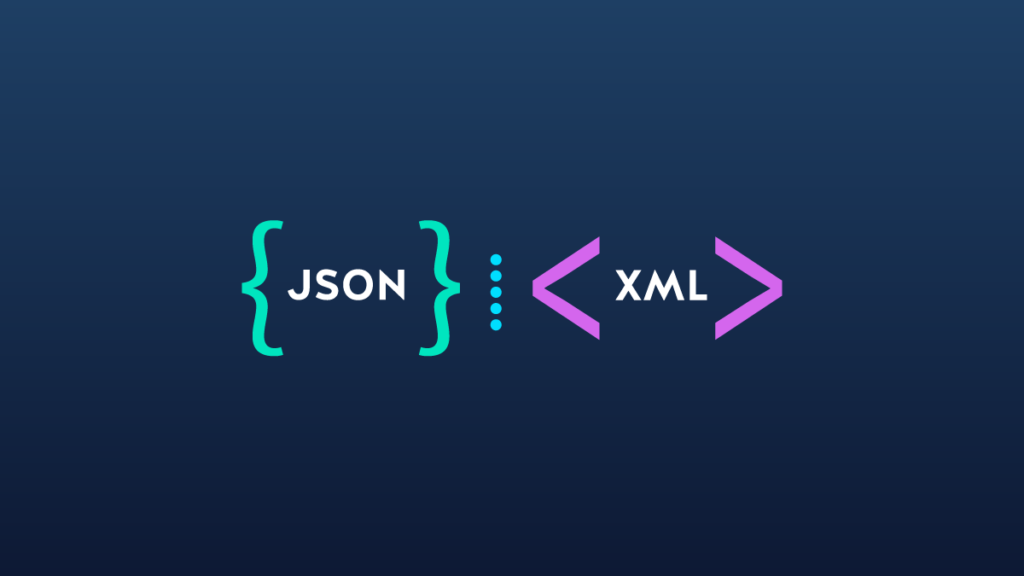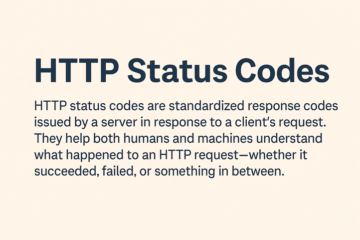JSON and XML are both popular data interchange formats used to transmit data between different systems and applications. You will get to know about the difference between JSON and XML in this blog.

Difference between JSON and XML
JSON and XML are both data exchange formats. We use these data exchange formats for transmitting data between different systems and applications. However, there are some key differences between the two formats.
JSON stands for JavaScript Object Notation. It is a lightweight data-interchange format. It is easy to read and write for humans and machines.
XML stands for Extensible Markup Language. It is a markup language that uses tags to define data. XML is more verbose than JSON and can be more difficult to read and write. We use XML in web services and in enterprise applications.
Here is a table summarizing the key differences between JSON and XML:
| Feature | JSON | XML |
| Data type | Strings, numbers, Booleans, arrays, objects | Strings, numbers, Booleans, arrays, objects, elements |
| Formatting | Human-readable text | Tagged text |
| Whitespace | Ignored | Significant |
| Extensibility | Limited | Extensive |
| Validation | Optional | Required |
| Usage | Web applications, APIs | Web services, enterprise applications |
Here are some examples of JSON and XML:
JSON:
{
"name": "John Doe",
"age": 30,
"married": true,
"children": [
"Mary Doe",
"Peter Doe"
]
}
XML:
<person>
<name>John Doe</name>
<age>30</age>
<married>true</married>
<children>
<child>Mary Doe</child>
<child>Peter Doe</child>
</children>
</person>As you can see:
- JavaScript Object Notation is much simpler and more concise than XML.
- JavaScript Object Notation is also easier to read and write for humans, while XML is easier to read and write for machines.
- We use JSON in web applications and APIs.
- We use XML in web services and enterprise applications.
Ultimately, the best format to use depends on your specific needs. If you need a lightweight and easy-to-read format, then JSON is a good choice. If you need a format that is more verbose and machine-readable, then XML is a good choice.
To know more about the author, please visit his LinkedIn profile.
Go to home page for more information regarding communication protocols.



0 Comments